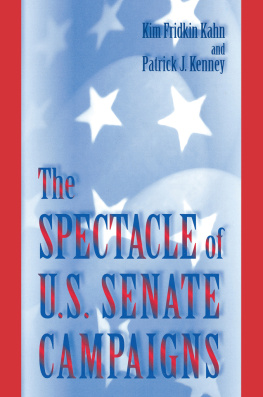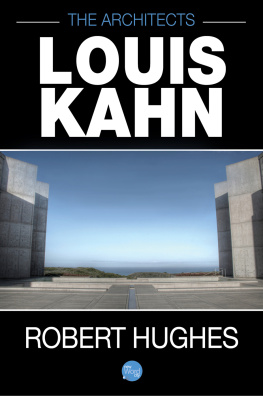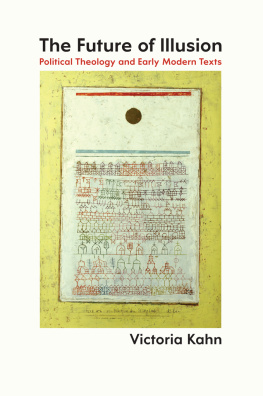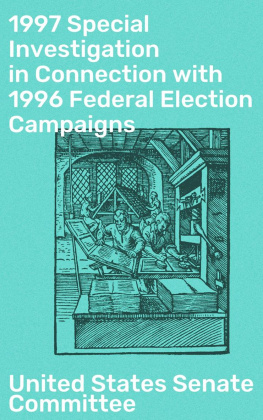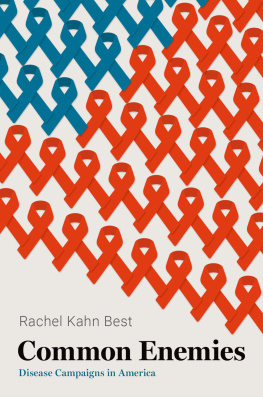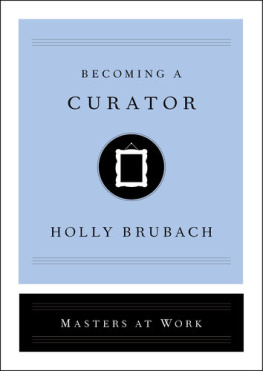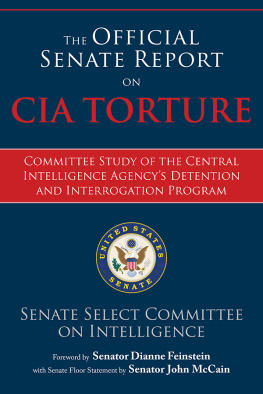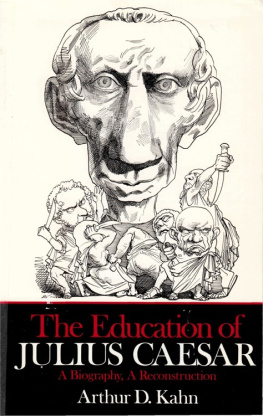THE SPECTACLE OF U.S. SENATE CAMPAIGNS
THE SPECTACLE OF
U.S. SENATE CAMPAIGNS
Kim Fridkin Kahn
and
Patrick J. Kenney
PRINCETON UNIVERSITY PRESS PRINCETON, NEW JERSEY
Copyright 1999 by Princeton University Press
Published by Princeton University Press, 41 William Street, Princeton, New Jersey 08540
In the United Kingdom: Princeton University Press, Chichester, West Sussex
All Rights Reserved
Library of Congress Cataloging-in-Publication Data
Kahn, Kim Fridkin.
The spectacle of U.S. Senate campaigns / Kim Fridkin Kahn and
Patrick J. Kenney.
p. cm.
Includes bibliographical references and index.
ISBN 0-691-00504-4 (cl. :alk. paper). ISBN 0-691-00505-2 (pbk. : alk. paper)
1. ElectioneeringUnited States. 2. ElectionsUnited States.
3. United States. Congress. SenateElections. 4. United States
Politics and government1989- I. Kenney, Patrick J. II. Title.
III. Title: Spectacle of US Senate campaigns.
JK2281.K24 1999
324.7'0973dc21 98-32011
http://pup.princeton.edu
eISBN: 978-0-691-22792-4
R0
For Jim, Jennifer, and Melissa
and
Sally, Jessica, Sean, Michael, and Mary
List of Figures
List of Tables
Acknowledgments
WE DO NOT know exactly when this book began. To be sure, it was long ago. The beginnings are most likely rooted in conversations with Warren E. Miller and a paper we prepared for the Hoover Conference on Senate Elections at Stanford University in November 1991. Warren encouraged us to investigate the general question of how campaigns influence the attitudes and behaviors of voters, and the conference at Stanford piqued our interest in senatorial campaigns. Warren knew full well that it would take years to measure the information generated by a sizable number of campaigns. We were naive, thus wide-eyed, as we embarked on a long journey.
The project was extremely labor intensive. Thousands of newspaper articles needed to be copied and read, hundreds of candidate commercials were content analyzed, and dozens of campaign managers were interviewed. We are grateful to two groups of students who helped us accomplish these tasks over the years. First, there were the graduate students at Arizona State University who, most likely in their view, were unfortunate enough to be assigned to us as research assistants. They worked diligently and thoroughly at gathering data. We are especially grateful to Lisa Marie Centeno, Cooper Drury, Ann Gordon, Mike Morrell, Mark Schafer, and Melanie Taylor. Second, there were the undergraduates who worked with us as part of the Junior Fellows program at ASU and were a tremendous help to us; they were conscientious, innovative, and a joy to work with. Because the National Science Foundation looked favorably on our grant proposal (SBR-9308421), we were able to hire Jerry Duff and Gregg Stelmach as our research assistants for a year. Without their efforts, the massive data collection would never have come to an end. In addition, we secured a series of smaller grants from Arizona State University that helped pay for numerous expenses associated with the project.
Over the years, we presented some of our ideas and portions of our evidence to various meetings of the American Political Science Association, to an impressive array of congressional scholars at Stanford, and to our gracious colleagues at the University of Arizona. On all of these occasions we received helpful suggestions, intriguing questions, and thoughtful criticisms. It was at the Stanford conference that John Ferejohn and Doug Rivers encouraged us to explore the interconnections among the candidates, the news media, and the voters.
Several colleagues read all or part of the manuscript over the last couple of years. We have incorporated a host of their suggestions into this book. We are happy to acknowledge the assistance of friends at Arizona State University: Jack Crittenden, Ken Goldstein, Richard Herrera, Warren E. Miller, Peter McDonough, Chris Nevitt, Lisa Reynolds, and Avital Simhony. We owe a large debt to Warren E. Miller. He read our NSF proposal and every chapter of the manuscript several times. We also sought help across the country. Several scholars virtually dropped whatever they were doing to read the manuscript. These include Richard Fenno, Paul Herrnson, John Hibbing, and Tom Rice. Tom Mann and Gary Jacobson generously provided assistance with our NSF proposal. On more than one occasion we picked up the telephone and asked for methodological advice from Larry Bartels and Doug Rivers.
We are pleased to be associated with Princeton University Press. In the fall of 1997 we were fortunate to meet our editor, Malcolm Litchfield. Malcolm was supportive of our manuscript from the very beginning. He guided us through the publication process with grace and efficiency. He has answered patiently dozens of questions. Back in Arizona, we have our own copy editor, Pat Crittenden, and we do not send any of our work to anyone until she has edited every page. She edited the entire manuscript, some sections more than once, fixing not only errors but making passages more readable.
The book is dedicated to our families. Kim began the project with no children and ends it with two girls, Jennifer and Melissa. Pat began the project with three children, Jessica, Sean, and Michael, and added Mary somewhere along the way. Our respective spouses, Jim and Sally, however, remained the same. For all of their support, patience, and most importantly, encouragement, we are truly grateful. Despite these many debts, we remain responsible for the analyses and interpretations presented in this book.
Part One
UNDERSTANDING AND MEASURING CAMPAIGNS
One
The Nature of Political Campaigns
IN THE FALL of 1990, most Americans watched intently and anxiously as George Bush prepared to send the nation to war in the Persian Gulf. The citizens of Minnesota, however, were treated to a political respite in the form of an engaging senatorial campaign between incumbent Republican Rudy Boschwitz and challenger Paul Wellstone. When the campaign began, Boschwitz, first elected in 1978, was well known, well liked, well heeled, and well respected by Minnesotans. By the end of the campaign, Minnesota voters had decided to retire Boschwitz from the U.S. Senate. The turn of events leading to Boschwitzs defeat illustrates the importance of campaigns and how the actions and reactions among the candidates, the media, and the voters determine electoral fortunes.
In mid-September, the senatorial campaign in Minnesota resembled a typical election involving a popular incumbent with plenty of resources facing an unknown challenger. The first polls taken after Wellstone won the Democratic primary on September 11 revealed that Boschwitz led by approximately 20 points. Wellstone had expended his resources to win the primary, and media coverage of the campaign was sparse because press attention was focused on the states highly competitive gubernatorial campaign.
Boschwitzs first communication with voters, even before he knew who his opponent would be, was a set of ads reminding voters of his familys escape from Nazi Germany, his experience in the Senate, and his service to Minnesota. After the primary, Boschwitz launched a second round of ads that was aimed at telling voters about his positive personal traits, how he is warm [and] sympathetic, especially on issues such as child care (Alger, 1996). The ads were uniformly positive and there were no mentions of Wellstone.

